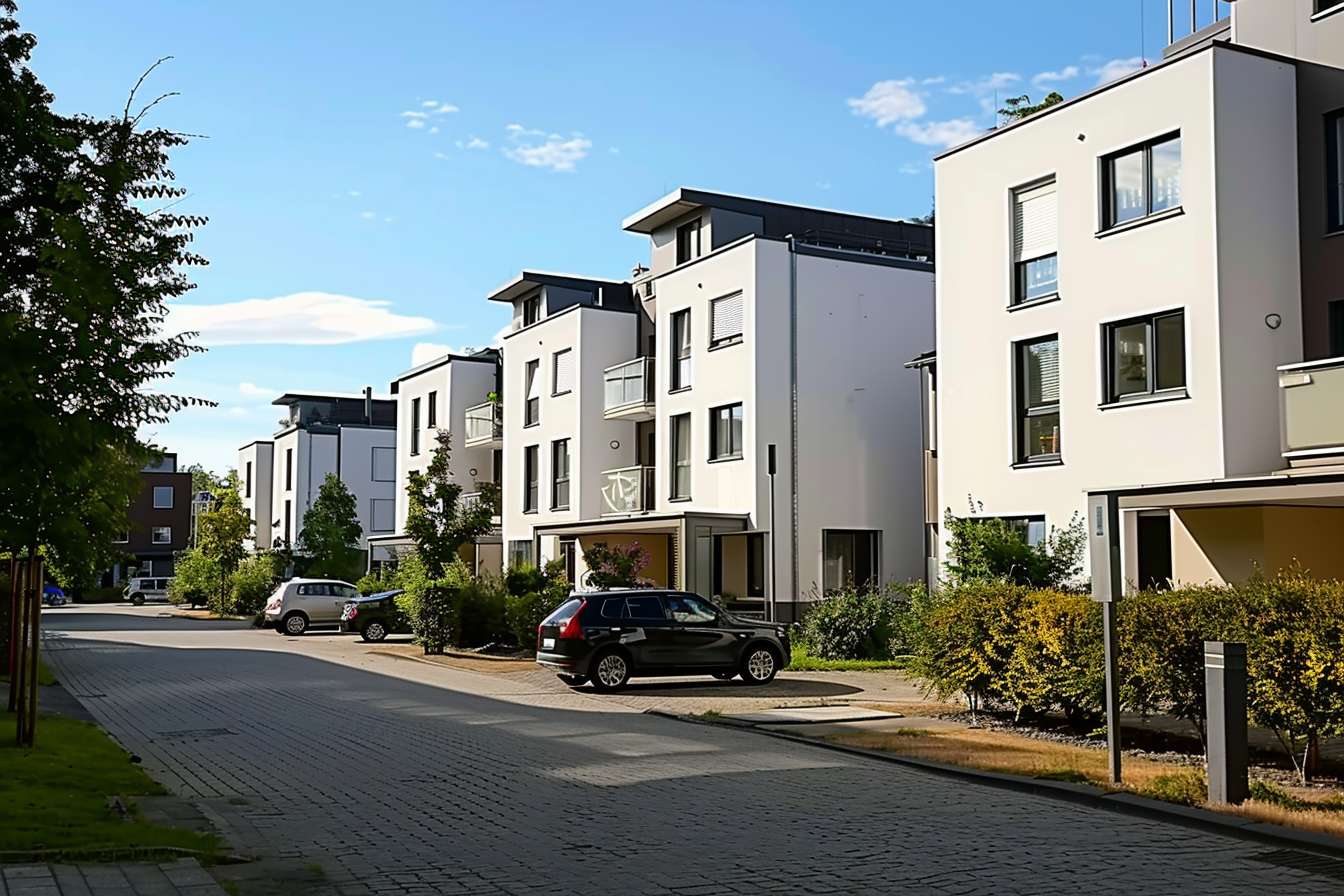Ensuring reliable connectivity and smart-home readiness in urban residences
Urban apartments increasingly require dependable internet and smart-home compatibility. Renters and landlords alike face decisions about wiring, service providers, provisioning for tenants, and integration of devices that affect daily life, maintenance responsibilities, and long-term costs.

Urban living places new demands on residential technology. For renters and leasing agents, ensuring reliable connectivity and smart-home readiness means assessing infrastructure, clarifying utilities and maintenance responsibilities, considering furnishing and retrofit needs, and understanding neighborhood coverage. These factors influence tenant satisfaction, ongoing costs, and how easily a residence can adopt automation for security, climate control, lighting, and entertainment.
Rentals and leasing: what should tenants expect about connectivity?
Lease agreements should clarify which utilities are included and who arranges internet and TV services. Tenants often assume an apartment will have basic wiring for broadband, but older buildings may require upgrades or external installation. For rentals and leasing, specify whether the landlord will provide an internet-ready outlet, cover installation fees, or allow external contractors to run fiber or coaxial lines. Clear expectations reduce disputes and help tenants plan for setup time and one-off installation charges.
Utilities and maintenance: who is responsible for network upkeep?
Maintenance clauses should name responsibilities for on-site wiring, routers, and shared infrastructure such as building-wide Wi‑Fi or managed networks. Tenants typically manage personal routers and connected devices, while landlords and property managers handle in-wall cabling, communal switches, and building gateways. Regular maintenance windows, contact details for local services, and procedures for reporting outages are important for steady connectivity. For utilities billing, leases should state if internet or smart-system subscriptions are transferred, billed to tenants, or bundled with other utilities.
Furnishing and smart-home compatibility: what to inspect?
When apartments are offered with furnishing, confirm whether fixed items—like built-in speakers, smart thermostats, or motorized blinds—are included and operational. Smart-home readiness involves checking for sufficient power outlets, grounded circuits, and accessible networking points. Tenants should test Wi‑Fi signal strength in key rooms and ask about any existing home-automation platforms used by the property. Retrofitting should be planned to avoid damaging finishes; wireless options often reduce installation complexity but can place greater demands on network capacity.
Parking and neighborhoods: how do location factors affect connectivity?
Neighborhoods influence available providers, cellular reception, and the feasibility of wired services. Parking and building access can matter when service technicians need to install external cabinets or run fiber to the unit; restricted access or complex security protocols can increase installation times and costs. Evaluate local services and community infrastructure to understand typical uplink speeds, mobile coverage, and whether shared amenities (like co-working spaces in the building) offer managed networks that relieve some tenant responsibilities.
Pet policies and smart-home devices: what to consider?
Pet policies intersect with smart-home choices when devices monitor activity, control doors, or trigger automated routines. Tenants with animals should confirm that sensors, cameras, and automated feeders are permitted and that warranties or maintenance cover pet-related damage. For landlords, policies may address modifications to doors or balconies for pet doors or sensors. Devices should be positioned and configured to minimize false alerts from pets and to protect tenant privacy while ensuring compliance with building rules.
Costs and provider comparison for connectivity and smart devices
Real-world cost considerations include installation fees, monthly subscription charges, device purchase prices, and potential building upgrade costs. Tenants and landlords should budget for a router or mesh system for robust coverage, any one-off wiring or wall-plate work, and ongoing subscriptions for streaming or smart-home cloud services. Below is a representative comparison of common connectivity and consumer smart-home products and providers to help estimate likely expenses.
| Product/Service | Provider | Cost Estimation |
|---|---|---|
| Home broadband (basic fiber) | e& (formerly Etisalat) | ~AED 199–399/month (USD ~54–109) depending on speed |
| Home broadband (fiber/cable) | du | ~AED 199–399/month (USD ~54–109) depending on speed |
| Smart speaker (voice assistant) | Amazon Echo Dot | ~AED 150–250 (USD ~41–68) one-time |
| Smart thermostat / controller | Google Nest / third-party | ~AED 500–1,200 (USD ~136–327) one-time, plus setup |
| Smart lighting starter kit | Philips Hue | ~AED 300–800 (USD ~82–218) depending on bulbs and bridge |
Prices, rates, or cost estimates mentioned in this article are based on the latest available information but may change over time. Independent research is advised before making financial decisions.
Conclusion Preparing an urban residence for dependable connectivity and smart-home use requires coordinated planning between tenants, landlords, and service providers. Clear lease terms about utilities and maintenance, an inspection of furnishing and wiring, awareness of neighborhood service options, and realistic budgeting for devices and subscriptions all contribute to a smoother transition to a connected home. Thoughtful attention to these elements helps ensure consistent performance, predictable costs, and flexibility for future upgrades.




